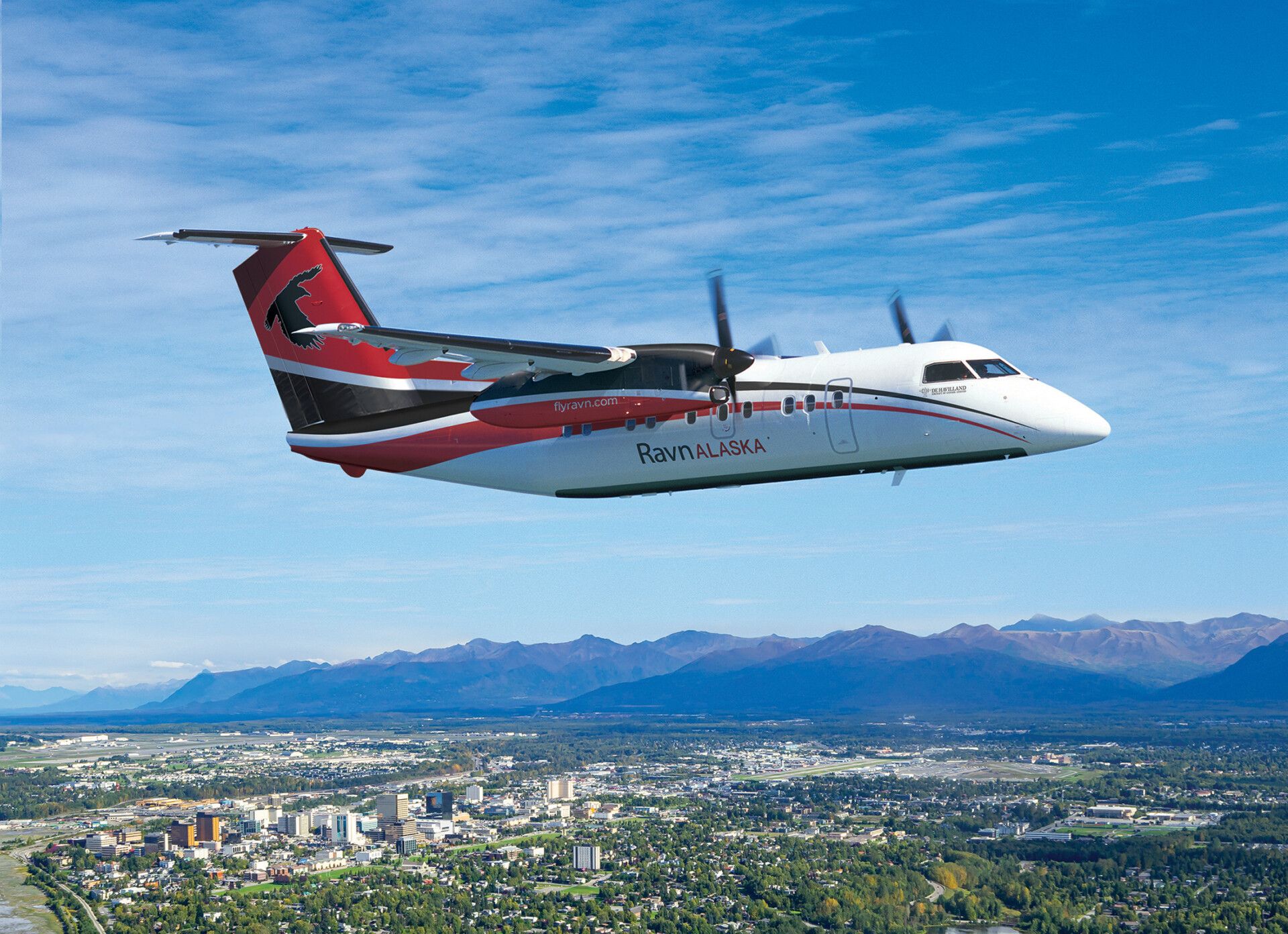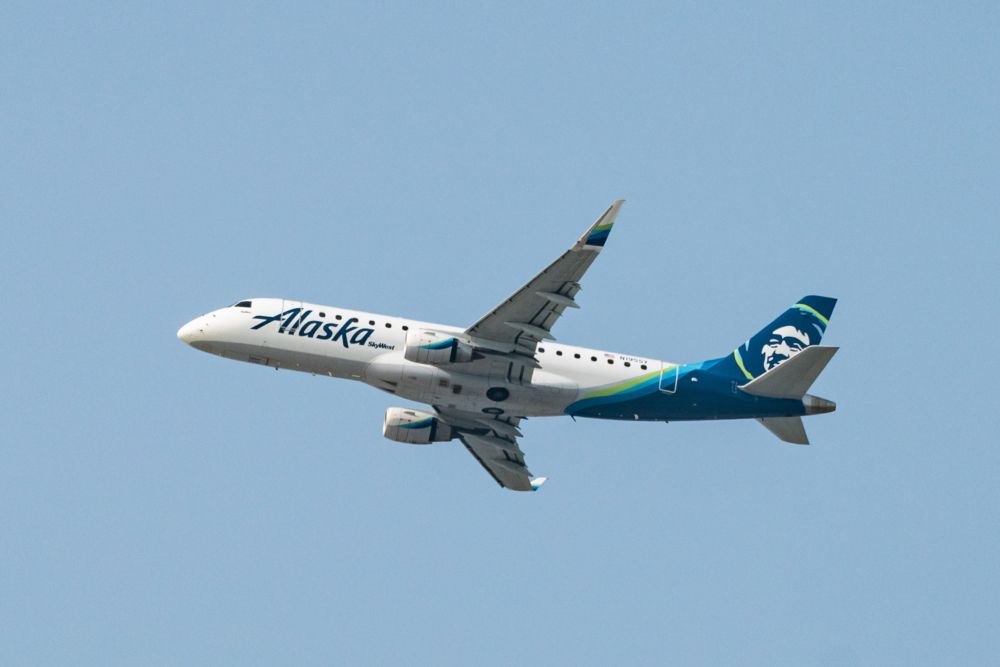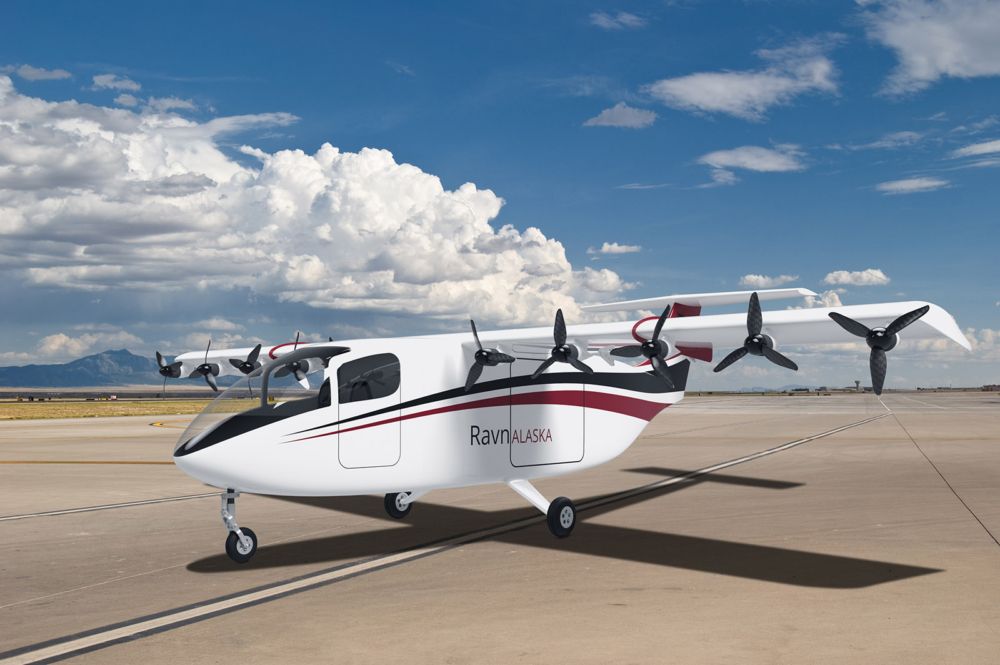Ravn Alaska plays a crucial role in connecting small communities across its home state. The Anchorage-based airline holds a fleet of 11 aircraft, all de Havilland Dash 8s. The company uses these planes to fly to several popular destinations in Alaska, including Kenai, Homer, Valdez, and Unalakleet. The airline has a history that spans over seven decades, and it continues to be a robust force today.
The carrier's story began in 1948 with the formation of Economy Helicopters. Several structural and name changes have occurred since then. However, one core aspect that has remained consistent is the business' important role in serving Alaska. The company has its roots in helicopters and offshore oil drilling and now conducts all its operations with turboprops. Altogether, the carrier has shown its ability to adapt over the years.
Northern motives
Economy Helicopters' founder, Carl Brady, flew the first commercial helicopter to Alaska to work on a mapping contract on behalf of the US government. The company would rebrand as Era Helicopters, which went on to be purchased by Rowan Companies in 1967.
Rowan Companies (now Valaris plc) is a master in offshore oil drilling, and the helicopters helped with the task of building the Alyeska Pipeline, which was founded in 1970. The company also brought in Twin Otter and Convair 580 aircraft to assist with these efforts.
An operational shift
Following the completion of the pipeline, Era expanded to scheduled passenger operations. These services began in May 1983 with the Convair aircraft, heading to the likes of Homer, Valdez, Kenai, Kodiak, and Cordova, Meanwhile, the Twin Otter served several small communities near Bethel.
The company changed its name to Era Aviation in 1988, with Era Helicopters operating as a division of the firm. Following financial troubles at the turn of the century, the helicopter division was sold off, and HoTH Inc., the holding company that owned Hageland Aviation Services and Frontier Flying Service, took on Era Aviation in 2009.
Era Aviation renamed itself to Corvus Airlines in 2014, and Hageland Aviation Services and Frontier Flying Service started doing business as Ravn Connect. Overall, the umbrella was now going by the brand of Ravn Alaska.
“Ravn Alaska serves many communities throughout the state with a focus on Safety and Customer Service. We offer scheduled passenger, cargo and mail service to 12 destinations throughout Alaska and growing. Service is offered onboard one of our ten De Havilland Dash 8 - 100 aircraft with the ability to seat up to 37 passengers,” Ravn shares, via Alaska.org.
“Our charter operations fly to any destination with acceptable landing conditions and facilities. This moniker is a nod to the aerial talents of the iconic Alaskan raven, its ubiquity throughout the state, and its importance in Alaska Native culture.”
Get your boarding pass to the flight of the year. The Future Flying Forum is taking off soon!
The modern era
Ravn entered bankruptcy protection in April 2020 following the conditions of the global health crisis. This was a move that had a significant impact on communities across Alaska.
Nonetheless, the carrier bounced back in the same November under new ownership and management. Rob Mckinney is the CEO of the streamlined Ravn Alaska. He is a key figure in FLOAT Shuttle, which purchased RavnAir assets ahead of the relaunch.
In this new chapter, the airline is looking at modern solutions for the next generation. In a bid to cut carbon emissions, the airline is purchasing 50 electric planes from Airflow. Using battery power, these planes are set to hit the skies by the middle of this decade. Ravn will be looking to introduce the nine-seater across its operations following the type's service entry.
What are your thoughts about Ravn Air and its operations? Have you flown with the carrier over the years? Let us know what you think of the operator and its journey in the comment section.



